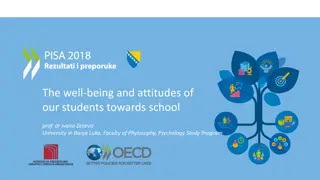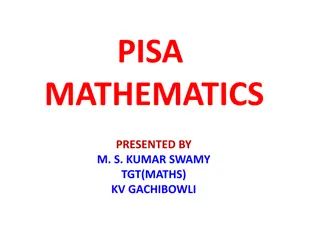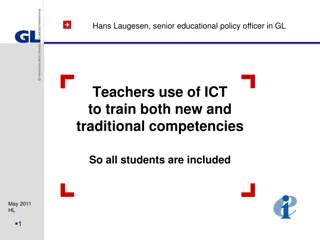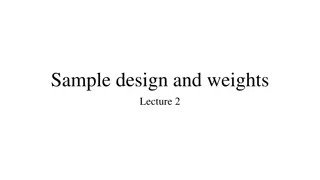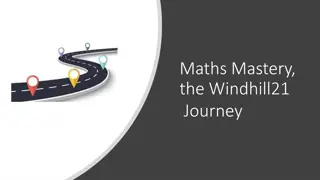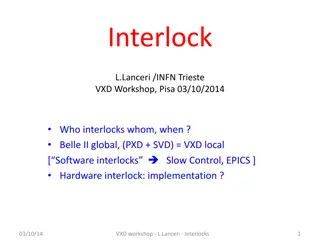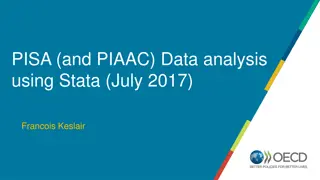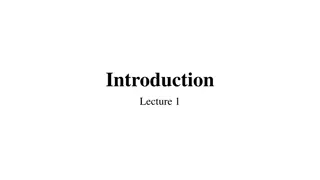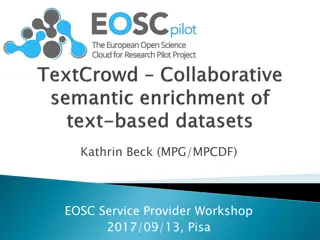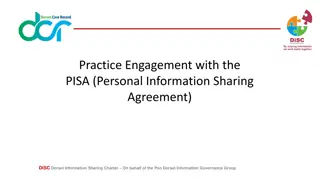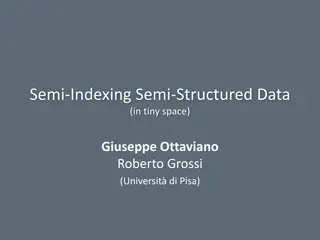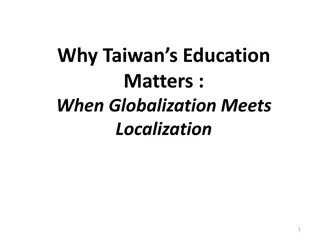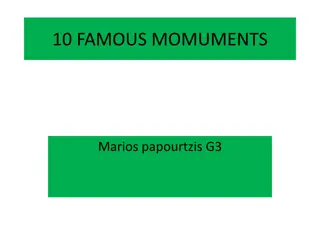
Student Achievement: Socio-Economic Factors and Educational Outcomes
Explore the relationship between student achievement and socio-economic status in education, including levels of literacy and proficiency in subjects like mathematics and science. Discover the impact of different socio-economic profiles on student success and academic performance.
Uploaded on | 0 Views
Download Presentation

Please find below an Image/Link to download the presentation.
The content on the website is provided AS IS for your information and personal use only. It may not be sold, licensed, or shared on other websites without obtaining consent from the author. If you encounter any issues during the download, it is possible that the publisher has removed the file from their server.
You are allowed to download the files provided on this website for personal or commercial use, subject to the condition that they are used lawfully. All files are the property of their respective owners.
The content on the website is provided AS IS for your information and personal use only. It may not be sold, licensed, or shared on other websites without obtaining consent from the author.
E N D
Presentation Transcript
Levels of Knowledge and Cutoff Results READING LITERACY: LEVEL READING LITERACY: CUTOFF RESULT MATHEMATICAL LITERACY: LEVEL MATHEMATICAL LITERACY: CUTOFF RESULT LITERACY IN SCIENCE: LEVEL LITERACY IN SCIENCE: CUTOFF RESULT 6 698 6 669 6 708 5 626 5 607 5 663 4 553 4 545 4 559 3 480 3 482 3 484 2 407 2 420 2 410 1a 335 1 358 1a 335 1b 262 1b 261 1c 189
Average achievement by language of assessment Average score Bosnian language Croatian language Serbian language Mathematics Reading Science
Socio-economic status of students and achievements PISA assesses the socio-economic status of students using its own Economic, Social and Cultural Status Index (ESCS) ESCS is derived from several variables that relate to students' family backgrounds: education and occupation of parents a number of household material goods in the household that indicate material wealth the number of books and other educational resources available in the household The PISA index of economic, social and cultural status is a combined result derived from these indicators It is designed to be internationally comparable
Relationship between socio-economic status index and student achievements The average score of students whose ESCS value corresponds to the OSCE average Bias between achievement average and ESCS OECD average for ESCS value EU average OECD average
Differences between achievement of lower and upper quartile students by socio-economic status Average score Mathematics Reading Science Upper quartil Lower quartil
Achievements of students of different socio-economic status attending schools with different socio-economic profile Science Socio-economically disadvantaged students Nivo Nivo Nivo Level Rezultat Rezultat Rezultat Result Students in-between Socio-economically advantaged students 6 6 698 669 708 6 5 5 626 607 5 663 4 4 553 545 484 4 559 Average score 3 3 480 482 410 3 2 407 2 2 420 1a 1a 335 335 1b 1a 1b 262 358 261 Schools with favourable conditions Schools with unfavourable conditions Schools in-between
Variability of results OECD average Serbia Slovenia N.Macedonia Croatia Montenegro Variance in schools Variance between schools





